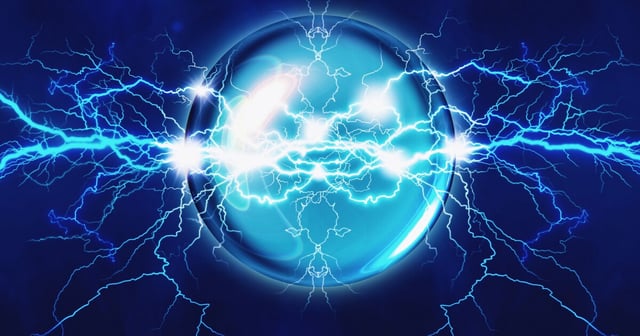Overview
- The study introduces 'microlightning,' small electrical discharges between oppositely charged water droplets, as a mechanism for prebiotic chemical reactions.
- Researchers replicated the 1952 Miller-Urey experiment by spraying water into a gas mixture, observing the formation of organic molecules like glycine and uracil.
- Microlightning addresses limitations of the Miller-Urey hypothesis, offering a more consistent energy source compared to infrequent lightning strikes.
- High-speed imaging confirmed microlightning events, showing concentrated energy sparks that ionized gases and initiated organic molecule synthesis.
- The findings suggest water sprays from waves and waterfalls on early Earth could have provided widespread conditions for these reactions, complementing other origin-of-life theories.



